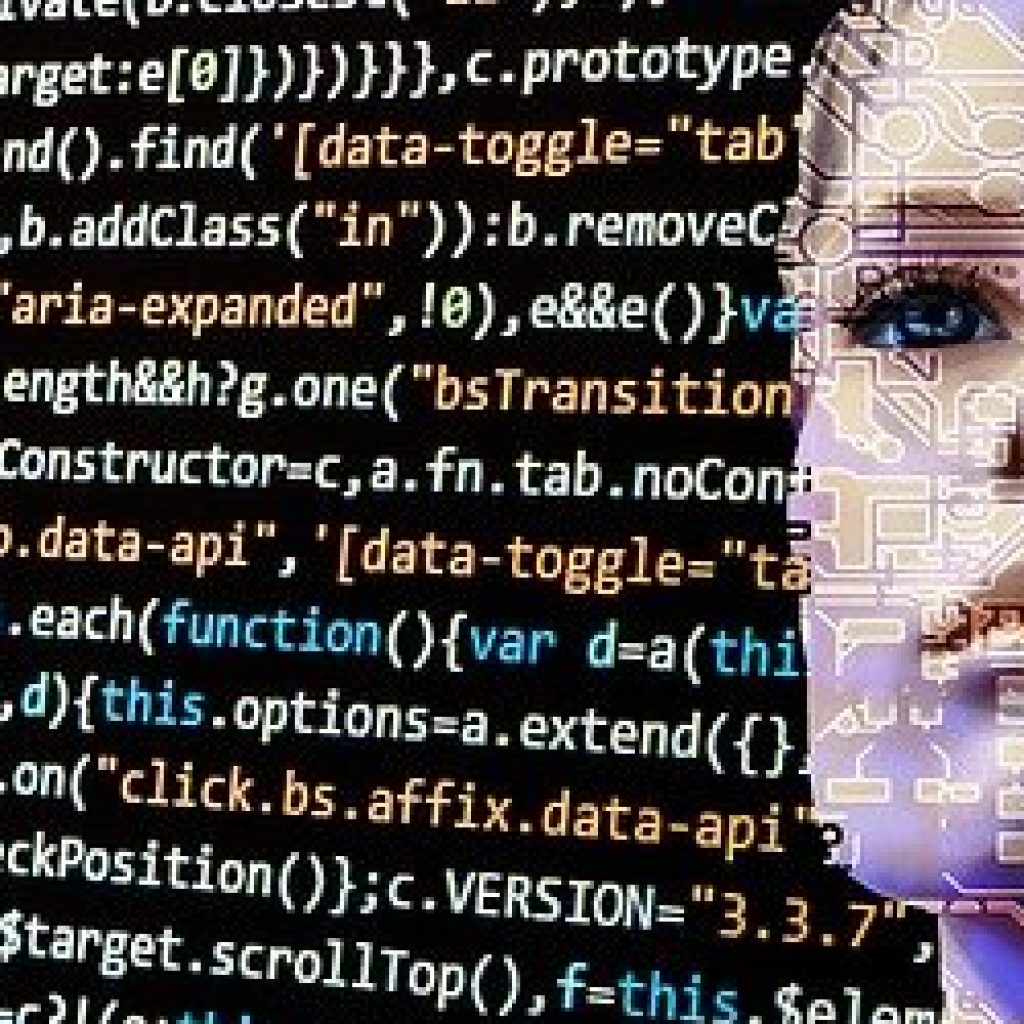(NextGov) John Breeden writes here about what he labels “. . the fundamental problem of inaccurate answers coming from quantum machines. ” Inside Quantum Technology summarizes.
Breeden explains: All quantum computers generate “noise” to some extent. They may return a correct answer to a question, but they will also send back a lot of useless junk, with the actual solution mixed in with it. Then it becomes a matter of trying to separate a needle from a haystack, or even a needle from a stack of other needles. Because of that, adding more qubits may not help the situation.
It’s been suggested that artificial intelligence running on traditional computers could be employed to analyze the answers returned by quantum machines. That might make it easier to eliminate the noise more quickly than trying to do it by hand, but does not address the fundamental problem of inaccurate answers coming from quantum machines.
Instead of adding more qubits, the solution to this predicament might actually be software-based, letting programmers ask better questions so that noise is reduced or eliminated from the start. One of the reasons for all the errors is that the qubits can become entangled. This is a state where even if two qubits are physically separated, the actions of one can change the other. Albert Einstein amusingly described that property as “spooky action at a distance.” In practical terms, if you are accepting data generated from one qubit, but don’t know that it’s entangled with another, then there is a good chance that the data is being corrupted, but you may not know it.
Right now, scientists basically need to guess at how qubits are entangled and try to act accordingly. So it’s like trying to write a program to run on a machine where the rules are not completely known, and may change. Hence, a lot of noise gets returned with the results, regardless of the size of the quantum machine. And bigger machines could make the problem worse.
To try and compensate, scientists and researchers at The Massachusetts Institute of Technology recently unveiled a new programming language called Twist at the 2022 Symposium on Principles of Programming conference in Philadelphia. Right now, there is nothing quite like Twist. Most quantum computer programmers use assembly languages, or something like them, where they have to string a bunch of processes together without the benefit of much orchestration. They have to guess at the entanglements based on their observations of the data being generated.
Twist is designed to help scientists discover which qubits in their machines become entangled when working on a problem, and then take specific actions, like only accepting data from an unentangled qubit. The language of Twist mirrors other common programming languages and is designed to be easy for skilled coders to pick up.
The next big quantum leap may require better software
